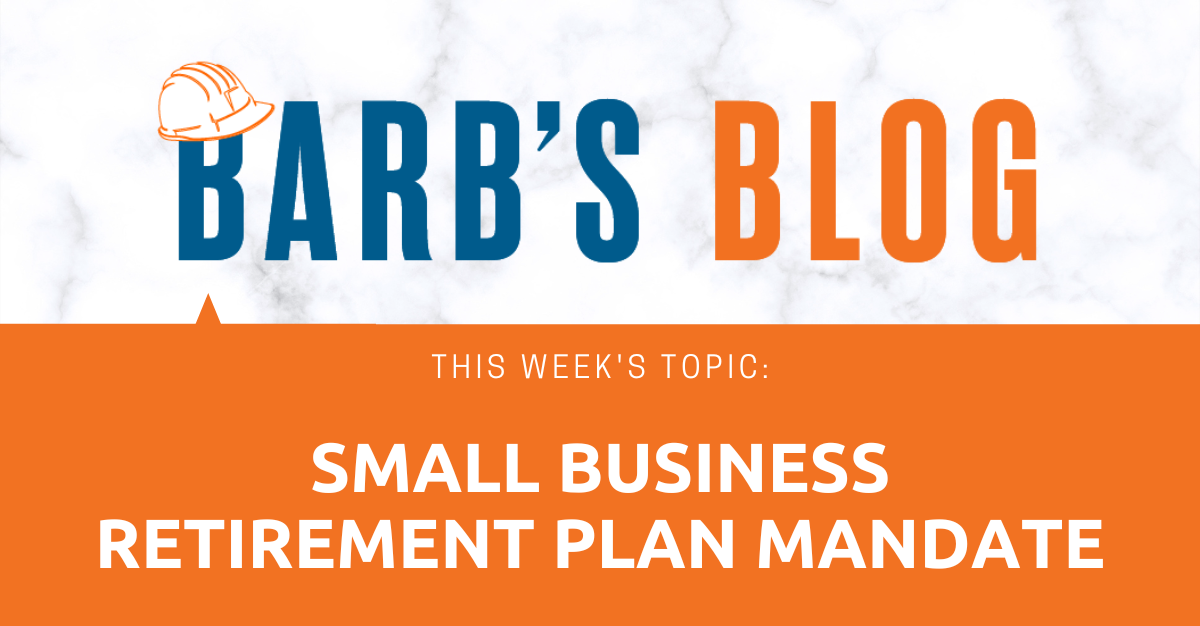
Small Business Retirement Plan Mandate—Are You Aware?
In May 2023, the state of Minnesota joined over half of other U.S. states in passing legislation requiring private-sector businesses of a certain size to either set up a retirement plan for their employees or be required to participate in a state-facilitated retirement program.
Minnesota House File 782 established the Minnesota Secure Choice retirement program, a mandate set to roll out in 2025 for covered employers, which requires them to offer some sort of retirement plan for employees.
Who is a covered employer? A business, with 5 or more employees, who does not currently sponsor or contribute to retirement savings plans for their employees must comply. Absent of a qualifying retirement plan on their own, the employer will be required to enroll employees in the state program, withhold contributions from payroll, and remit the contributions to the plan. Like many small business retirement plans, there is no cost to employers, except for administrative costs to manage the payroll deductions. Employers, however, can still choose to sponsor their own private retirement plan if it meets state requirements. If you already provide a retirement program, you can file an exemption.
Which of my employees are counted as part of the 5 non-covered employees?
A non-covered employee is defined as an employee of the business who is not already covered by a retirement plan. For example, union employees who have retirement benefits through their union are not counted towards this number. However, if the business has 5 office employees for example, who are not a part of the union, that business must either set up their own retirement plan or participate in the state plan.
The Secure Choice program is intended to benefit employees in the private sector who have no opportunity to save for retirement through an employer-sponsored retirement plan such as a 401(k) plan. Employees will have the option to change the contribution percentage or opt out of participation altogether. Employees will direct the investment of their accounts into a diversified array of investment funds offered through the State Board of Investment (SBI). These can be pre-tax or after-tax basis.
To avoid participating in the state plan, an employer could consider starting a retirement plan for their employees on their own. Benefits to this are having control over the plan, the investment options, and potentially having a financial advisor assist employees with their investments.
If you do choose to start your own business retirement plan, the Federal Government passed the Secure 2.0 Act of 2022. Among many new pieces of legislation in this act, it created substantial new startup tax credit to help small businesses establish and fund retirement plans. There are two tax credits with this program, and a small business may qualify for either or both. One credit is a contribution credit which is based on contributions the employer makes on behalf of the employee. The second expands the existing startup tax credit on employer plan costs. Your accountant can work with you on how your company can maximize incentives.
This legislation is intended to increase retirement savings for individuals. If you have additional questions on either of these programs, or want to learn more about what your options are in starting a retirement plan for your employees, AWC has financial planners and advisors as members. I encourage you to remember “It Starts with Us”.
— B
